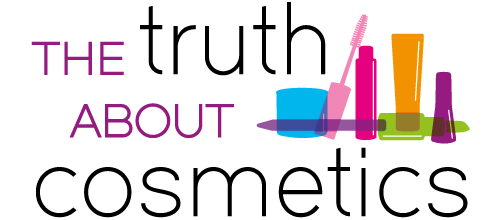BIOLANE
Pocket Wipes
Face & Hands
50g, 1,42 €
Cosmetic wipes are, -as such-, not considered as cosmetics, but belong to the category called «frontier» cosmetic products (including for instance : lice treatments, mouthwash, dental floss, etc). These products can sometimes be classified in different legal definitions : the European Commission therefore defines them as cosmetic « frontier » products. But as cosmetic wipes, -especially those for babies and children-, are common products, present in most of our bathrooms today, this product test made sense. Over the last couple of years, consumer reports and test magazines have also picked up the subject of cosmetic wipes and revealed that they contained a number of problematic and potentially toxic ingredients.
It’s always interesting to first check the brand’s product presentation, in order to then compare the description with the actual ingredient list.
Product description, taken from the Biolane* website :
Properties
•Their formula, with high skin and ocular tolerance, is used to clean and refresh baby’s hands and face at any time and provide long-lasting moisturization*.
•The ultra-soft and resistant texture respects the fragility of baby’s skin and guarantees very delicate cleansing.
•Mildly scented, they leaves your baby’s skin soft, supple and perfectly protected
Tested under dermatological control.
Fibres 100% biodegradable.
Formulated at Physiological pH.
Alcohol-free, soap-free, paraben-free, phenoxyethanol-free and phthalate-free.
– Can be used at any time of day on baby’s hands and face.
– Does not require rinsing.
– Can also be used for nappy changing.
As this product is meant for babies and children, the brands is highlighting the «formulation’s security aspect» which makes perfect sense.

But let’s now have a closer look at the exact ingredients lists.
Ingredients /INCI:
AQUA, PARFUM, METHYLPROPANEDIOL, TETRASODIUM GLUTAMATE DIACETATE, SODIUM BENZOATE, CITRIC ACID, CETRIMONIUM CHLORIDE, CHLORHEXIDINE DIGLUCONATE, SODIUM HYDROXIDE

And here comes a bit of a surprise….!
We can confirm the absence of parabens, alcohol and phenoxyethanol, but the entire ingredient list is far from «irreproachable» :
Instead of using artificial preservatives like parabens, or phenoxyethanol, for instance, the ingredient list contains another artificial preservative CHLORHEXIDINE DIGLUCONATE, just as problematic, but with a trickier name to remember.
Other problematic ingredients can be found in the product:
- CHLORHEXIDINE DIGLUCONATE : an artificial preservative, part of organohalogen compounds. These organohalogen compounds have a strong allergic potential, and are reactive elements, which can be accumulated in the tissues as, when penetrating. They also represent an environmental problem, as they are polluting.
- The preservative/emulsifier CETRIMONIUM CHLORIDE, belongs to the category of quaternary ammonium compounds, irritating allergens, that are also not very biodegradable.
- The «Perfume» or Fragrance indication in the ingredient list can sometimes also be considered as problematic : as this is not a certified product (in the sense of certified organic), chances are high that we are dealing here with a synthetic perfume, that can be problematic if this fragrance included for instance phthalates (=endocrine disruptors). Diethyl phthalate can often be found in fragrances as a «fixing agent» (enabling fragrances to last longer and and remain less volatils). Meaning also that this ingredient could be added to fragrances in this case without disclosure to consumers.
- In order to systematically avoid phthalates in your products, choosing natural and organic cosmetic products that are certified would be the best option. Artificial, synthetic perfumes and fragrances are simply not allowed by the different labels of natural and organic certified cosmetics.
Summary :
On one side the brand claims the absence of certain artificial preservatives, insists on «high skin tolerance», states that the fibers are «100% biodegradable» and on the other side we can identify another controversial synthetic preservative, and some problematic, controversial and polluting ingredients.Just as the product test of baby products from last year (article in french), this exemple, -randomly chosen-, leaves us with a number of questions. Baby and children products should be presenting themselves with «exemplary» formulations and ingredient lists, without any controversial, potentially allergen, toxic, polluting or problematic ingredient in any other respect.
As seen in other articles, there is often a gap between the product’s marketing claims… and the reality shown in the ingredient’s list.
******
Note; this article is from 2017
Product formulations can change, even an entire product line can change from year to year. And the brand can choose to remove or add certain ingredients or even entirely remove products, for example. No consumer site or magazine constantly updates these changes, it would be a gigantic job, to do continuously.
And the articles are not removed at the simple request of the brands who would explain that the formulas have changed since the test was published. The product test reflects « the exact image of the moment », and the tests are clearly dated.

